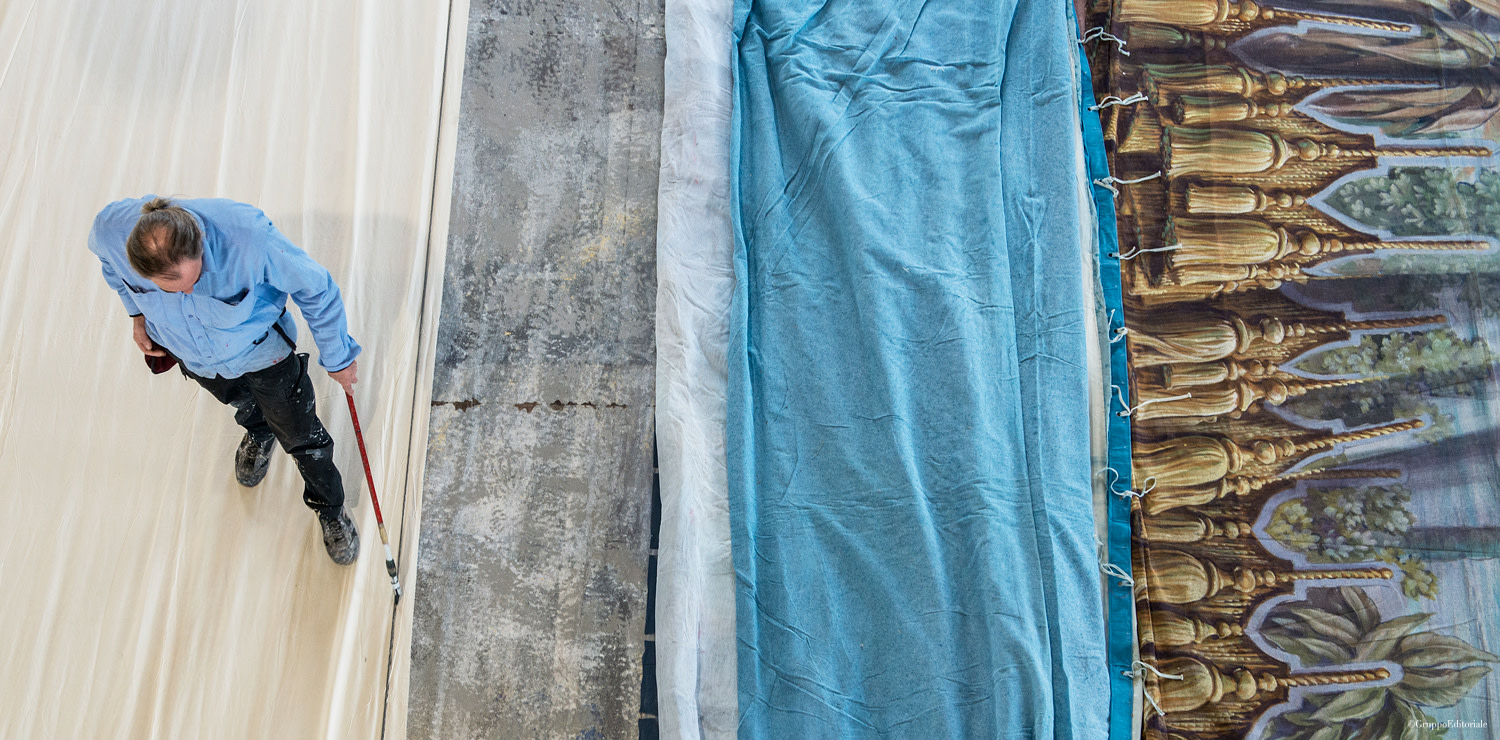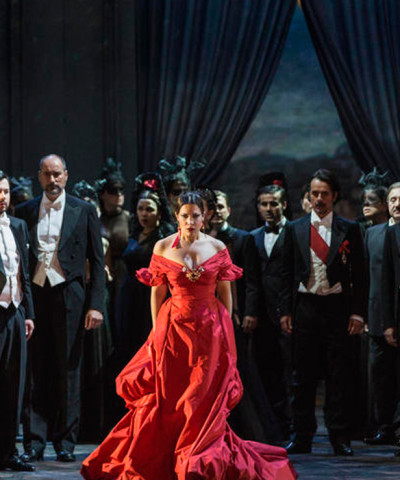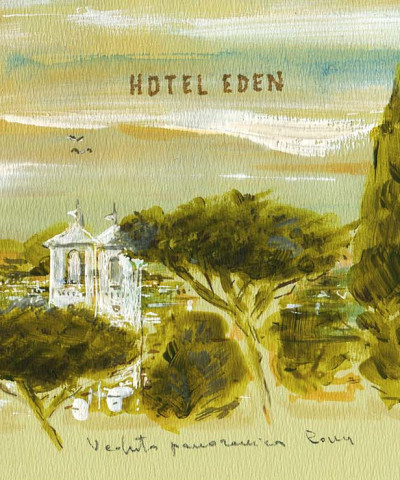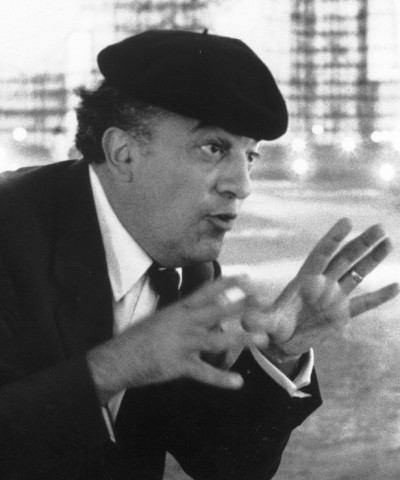Where imagination becomes possible
Director of Scenic Construction Michele Della Cioppa reveals the secrets of the set design laboratory of the Teatro dell’Opera in Rome
An authentic forge of wonders that, with hammers and nails, glue and paint, gives life to infinite worlds and representations. It is the set design laboratory of the Teatro dell’Opera in Rome, next to Via dei Cerchi. It is here, in the former Pantanella pasta factory, in front of the Circus Maximus (right next to the Mouth of Truth), that from the 1930s on, the scenery of one of the most prestigious theaters in the world has been created, a perfect synthesis of craftsmanship, technique and art. And it was here that we met Michele Della Cioppa, director of scenic construction. I started out as an assistant set designer,” said Della Cioppa, “for many years, alongside Mauro Carosi. Then I started working as a set designer and my career led me, in 1996, to the Teatro dell’Opera in Rome, managing scenic construction, of which I became director in 2015. I’ve been working here for 23 years now.” The construction workshop he directs is headed by Luigi Marani, with whom Marcello Francucci collaborates, while for what is more properly referred to as set design, the memory of Maurizio Varamo is still vivid; his successor is Danilo Mancini, assisted by Silvia Tarchioni, Francesca Scala and Alessandro Nico.
“The director of scenic construction in a theatre takes care of the production of all the visual components of the show: set design, costumes and lights, explained the director. It is a matter of coordinating, organizing and providing for the realization of the representation starting from the relationship with the set designers of the individual shows hosted in the theatre. The scenographer has the task of conceiving the scene in his mind, then he turns to us to make real and tangible what he has imagined: we make imagination possible. Moreover, in an opera the scenes are often not single, but multiple. And this makes the work of those who create them even more difficult, also because you have to take into account the most delicate moment: the scene changes. “For The Bassarids by Hans Werner Henze [staged in November 2015, directed by Mario Martone], for example, the scene was transformed through various “visible” passages during the one act - recalled Della Cioppa - a mirror backdrop that tilted or parts that collapsed simulating the ground caving in. Staged in this way, they are very complicated to realize, because everything happens before the eyes of the public and in time with the music. But it is not easy even when there is a change of scenery at every act, with the curtain closed, as for Tosca: you have to study all the expedients for optimizing the timing, because you have to change everything, but you have to do it fast.”
Once the project prepared by the scenic construction director has been approved in a continuous dialogue with the director and scenographer, the “operational” phase is moved on to the laboratories. Here, 6 scenographers, 6 preparers (who prepare supports and materials), 2 seamstresses (who sew the canvases), the scenic artists (who paint the scenery) and the members of the carpenter’s workshop create the actual sets. “Everything is made to measure, starting from scratch - explained Della Cioppa -, from the wooden planks, from which the various formats of wooden cantinella (the basic element of traditional set building) are created, to the earth pigments for making the colors. We don’t do a standardized job, and that’s exactly what’s great about it: finding solutions to ever new problems.”
“Today’s sets are for the most part based on the interpretation of the scenographer or the director and therefore more closely related to each individual staging than in the past, when they were more based on realism – he revealed. So it is very difficult to reuse the same elements for different shows. Before, there were standard settings, such as a forest, which could be used several times. Not now. What is reused most often are the basic structures, such as the skeleton of a tower, and the props, that is, the furniture and objects. “Sometimes it is enough to change the color of an object or the upholstery of a piece of furniture to make it fit in with the climate of the scene.” When we met Della Cioppa, the laboratories were busy with the realization of the sets designed by Richard Peduzzi for Les Vepres Siciliennes and Denis Krief’s I Capuleti e i Montecchi. And the most important challenge of the season is the Turandot of Ai Weiwei, the famous Chinese artist and dissident, who for the first time will try his hand at theatre direction. Big visual surprises are expected, but the scenery is top secret.













